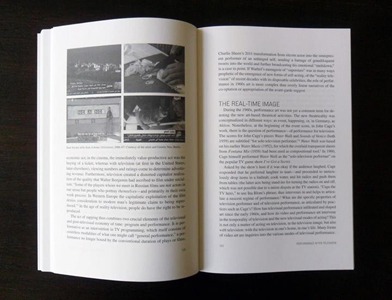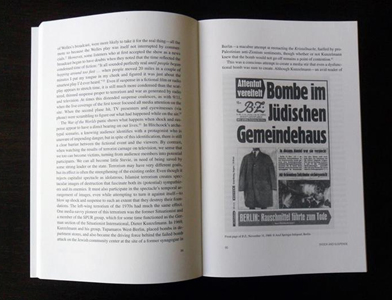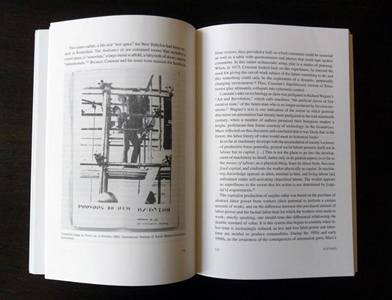Analyzing a variety of films, video pieces, and performances, Sven Lütticken evaluates the impact that our changing experience of time has had on the actualization of history in the present.
The moving image has irrevocably redefined our experience and construction of history. In the contemporary economy of time, history has become an image in motion, a series of events animated and performed through various media. Analyzing a variety of films, video pieces, and performances, Sven Lütticken evaluates the impact that our changing experience of time has had on the actualization of history in the present. In the process, he considers the role of shock and suspense, of play and games, the rise and ubiquity of television, transformed notions of leisure and labor time, and a new “natural history” marked by climate change.
The interplay between the time of daily life and historical time end between live event and mediatization is at the core of History in Motion. In this context, Lütticken questions the relation between the representations or restagings of the past and the events of a history that is currently in progress. This history in motion constitutes a fractured present in which possible futures are implicit.
Art critic and historian, teacher at VU University, Amsterdam, Sven Lütticken contributes regularly to catalogues (
Citizens and Subjects: The Netherlands,
The Question of the Day,
De Rijke & De Rooij...) and art magazines such as
Artforum,
New Left Review,
Afterimage, and
Texte zur Kunst.
He is the
author of
Secret Publicity: Essays on Contemporary Art (NAi publishers,
Rotterdam, 2006) and the curator of
Life, Once More: Forms of Reenactment
in Contemporary Art (Witte de With, Rotterdam, 2005) and
The Art of
Iconoclasm (BAK, basis voor actuele kunst, Utrecht, 2009).




